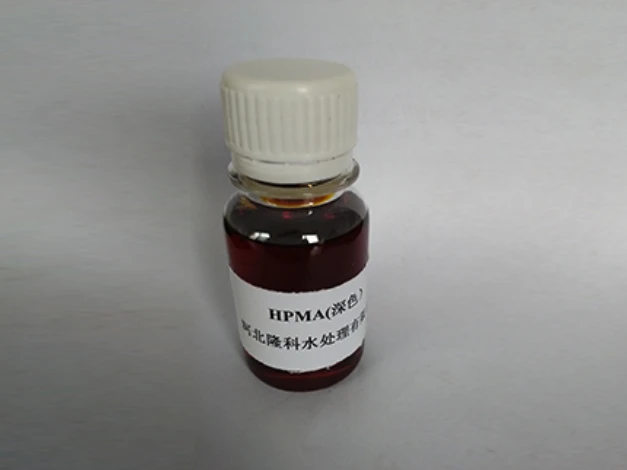The Impact of Isothiazolinone Concentration in Household Cleaning Products on Health and Safety
The Role of Isothiazolinone in Detergents Understanding Its Use and Implications
Isothiazolinones are a class of synthetic compounds that serve as preservatives and biocides in various consumer products, including detergents. These chemicals, which include well-known variants such as methylisothiazolinone (MIT) and chloromethylisothiazolinone (CMIT), have gained attention due to their effectiveness in preventing microbial growth. However, their use in household and industrial detergents raises important questions about safety, environmental impact, and regulation.
The Function of Isothiazolinones in Detergents
Detergents often contain water, surfactants, and various additives to enhance cleaning performance. One critical function of isothiazolinones in these formulations is to inhibit the growth of bacteria, fungi, and other microorganisms. This is crucial, especially in products that are exposed to moisture and have a longer shelf life. By preventing microbial proliferation, isothiazolinones help maintain the integrity and efficacy of the detergent, ensuring it performs well over time.
The efficacy of isothiazolinones as preservatives stems from their ability to disrupt cellular processes in bacteria and fungi, ultimately leading to cell death. This biocidal action makes them particularly useful in maintaining the cleanliness and safety of detergents, especially in cases where products are stored for extended periods or used in damp environments.
Safety Concerns and Allergic Reactions
Despite their effectiveness, the use of isothiazolinones has been linked to various safety concerns. One of the primary issues is the potential for skin sensitization and allergic reactions. Numerous studies have reported that these compounds can trigger dermatitis and other allergic reactions in sensitive individuals. The European Union, for example, has placed restrictions on the concentration of isothiazolinones allowed in cosmetic products, reflecting growing public health concerns.
For consumers using detergents that contain these chemicals, the risk of developing allergies can be significant, particularly for those with pre-existing skin conditions or sensitivities. As a result, manufacturers are increasingly faced with the challenge of balancing the necessity of using biocidal agents for product preservation with the need to ensure consumer safety.
isothiazolinone in detergent

Environmental Impact
In addition to health concerns, the environmental impact of isothiazolinones is a significant topic of discussion. When detergents containing these chemicals are used, residues often find their way into wastewater systems. Research has indicated that isothiazolinones can be toxic to aquatic life, raising alarms about their presence in ecosystems. The accumulation of such biocides in water bodies poses risks to biodiversity and the health of aquatic organisms, challenging the sustainability of using these compounds in everyday products.
Moreover, the persistence of isothiazolinones in the environment has led to increased scrutiny from regulatory bodies. Continuous efforts are being made to develop safer alternatives that can serve similar functions without the adverse effects associated with isothiazolinones.
Future Trends and Alternatives
In light of the concerns surrounding isothiazolinones, the future of detergent formulations is likely to shift toward safer, more eco-friendly alternatives. Natural preservatives derived from plant extracts, essential oils, and other organic compounds are increasingly being explored as viable substitutes. These alternatives often have lower toxicity profiles and pose fewer risks to both human health and the environment.
Moreover, manufacturers are investing in research to innovate new biocidal agents that can maintain the effectiveness of detergents without compromising safety. Collaborations between industry stakeholders, regulatory agencies, and researchers are crucial in ensuring that future products are both effective and safe for consumers and the planet.
Conclusion
Isothiazolinones play a critical role in the preservation of detergents, ensuring their effectiveness and longevity. However, their use presents significant challenges, including safety concerns and environmental implications. As awareness of these issues grows, it is vital for manufacturers to prioritize consumer safety and sustainability, exploring alternative solutions that can deliver the same antimicrobial performance without the associated risks. A proactive approach to reformulating products may not only enhance public health but also protect the environment for future generations.
-
Water Treatment with Flocculant Water TreatmentNewsJun.12,2025
-
Polymaleic AnhydrideNewsJun.12,2025
-
Polyaspartic AcidNewsJun.12,2025
-
Enhance Industrial Processes with IsothiazolinonesNewsJun.12,2025
-
Enhance Industrial Processes with PBTCA SolutionsNewsJun.12,2025
-
Dodecyldimethylbenzylammonium Chloride SolutionsNewsJun.12,2025





